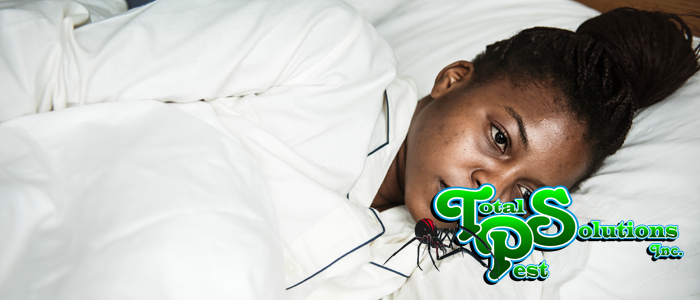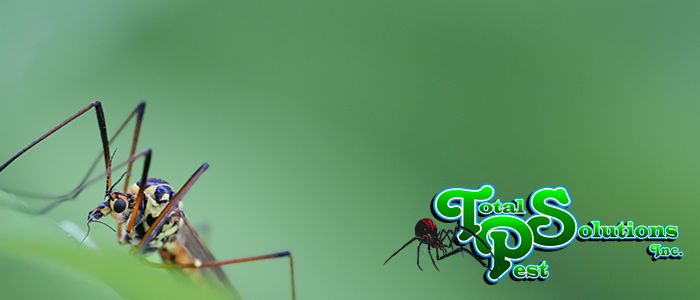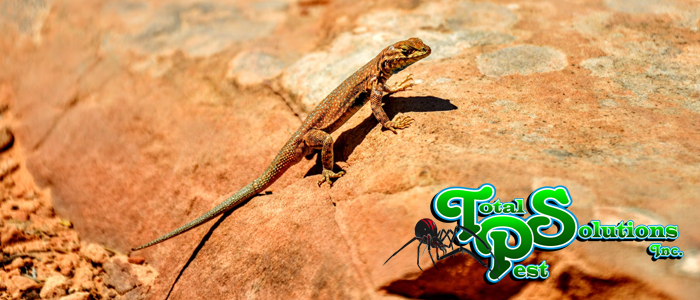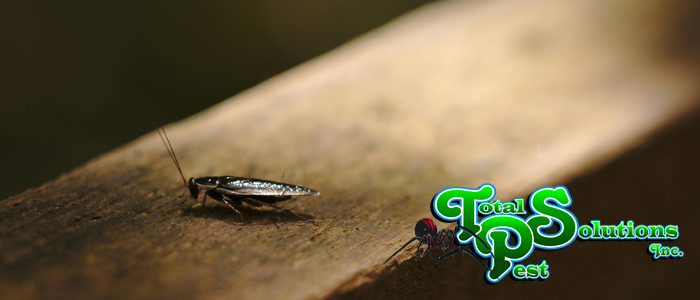
Do I Have Bed Bugs?
Before kids can learn about all kinds of creepy crawlies and distressing facts about reality, there are few things more creepy than the idea of the boogeyman – Or maybe of bed bugs. Fortunately, most kids won’t see a bed bug until well into adulthood… Where this fear will persist, and for a good reason. Bloodthirsty, invisible little terrors that leave itchy bites and ruin furniture when nobody is looking with nothing to stop them – It’s the stuff of nightmares, to be sure. But, if you start noticing rashes and welts, rust spots, and funny stains, you may have a bit of a bed bug problem.
These critters are some of the most difficult – If not the most difficult – pests to get rid of. It’s an uncomfortable feeling that can lose your sleep and impact your health. Even though bed bugs aren’t known to carry diseases, knowing that as soon as you fall asleep, a horde of greedy invaders will be sucking you dry can be seriously unnerving. The sooner you act, the better. Once you find out you’ve got a bed bug infestation, what can be done? Let’s first figure out what bed bugs are and if you do have bed bugs.
Bed Bug Basics
Bed bugs are true bugs, which means they have mouth parts that suck fluids rather than chew and are a part of the order Hemiptera. These creatures attack us because they need our blood to use as a source of food – Which is also why in heavily infested homes, even pets can fall victim to these voracious predators. Bed bugs are flat, brownish insects with six legs. They are about the size of an apple seed and look similar. They don’t have wings, but they are talented runners. Nymphs – That is, baby bed bugs – Are much smaller and can be hard to see.
How to Spot Bed Bugs
The first thing you’re likely to notice is bound to be the bites. Suspicious marks that resemble small mosquito bites could easily be overlooked if you’re not sure what you’re looking for. A bed bug bite is a small, pink, puffy mark with a dark spot in the middle. They might itch, but they might not. They usually follow a line and can spread after a few nights. Don’t scratch them, as this can cause them to become infected or inflamed.
You can find bed bugs by tracking down the signs of infestation as well. Bed bug waste resembles dirt and is called bed bug dirt. It has a dark, flaky look to it that can resemble tiny ink stains. There will be small brown or black bumps or smears. If you see something like this, take a paper towel and soak it in water. Dab the water on the suspicious spots, and if they turn from black to red, you’re dealing with bed bug poop.
You will also notice bloodstains on your bedsheets, pillows, pajamas – Anywhere they’ve eaten. These stains are actually your blood. Bed bug saliva has an anticoagulant in it that keeps it flowing as they feed. You could also find bed bug casings in the seams of your mattress or clothes, along with door frames or electrical outlets. There may also be a smell similar to cilantro or damp clothes where bed bugs are nesting up – They lay out pheromones to attract more bugs and mark feeding sites.
If You Have Bed Bugs
Act fast. A bed bug can lay 250 eggs each session, and that can make big problems fast. Beg bugs are weak to heat, so any infested items should be thrown in the dryer on high heat for 20 minutes to half an hour can help. It may get them out of clothes, but it won’t be able to help remove bugs living free in your home. For this, you need a pest control specialist to assess the damage and breadth of the infestation. Give us a call as soon as you know you’ve got a problem – After a thorough search, we’ll be able to begin a treatment plan that will help eliminate them for good.
continue reading
Related Posts
Summer Mosquito Surge in Winter Haven: Eco-Friendly Prevention Strategies The
How to Get Rid of House Lizards Without Killing Them






